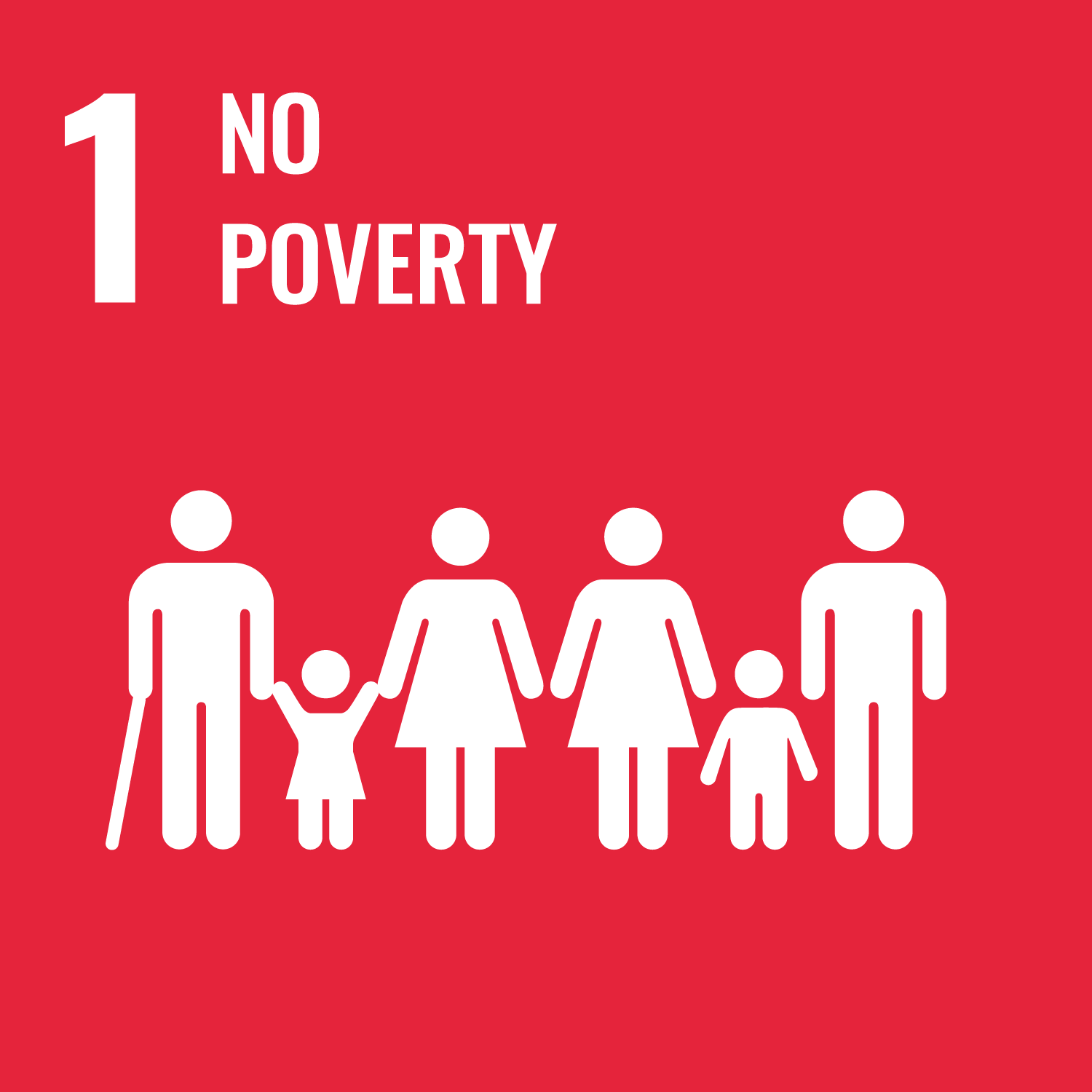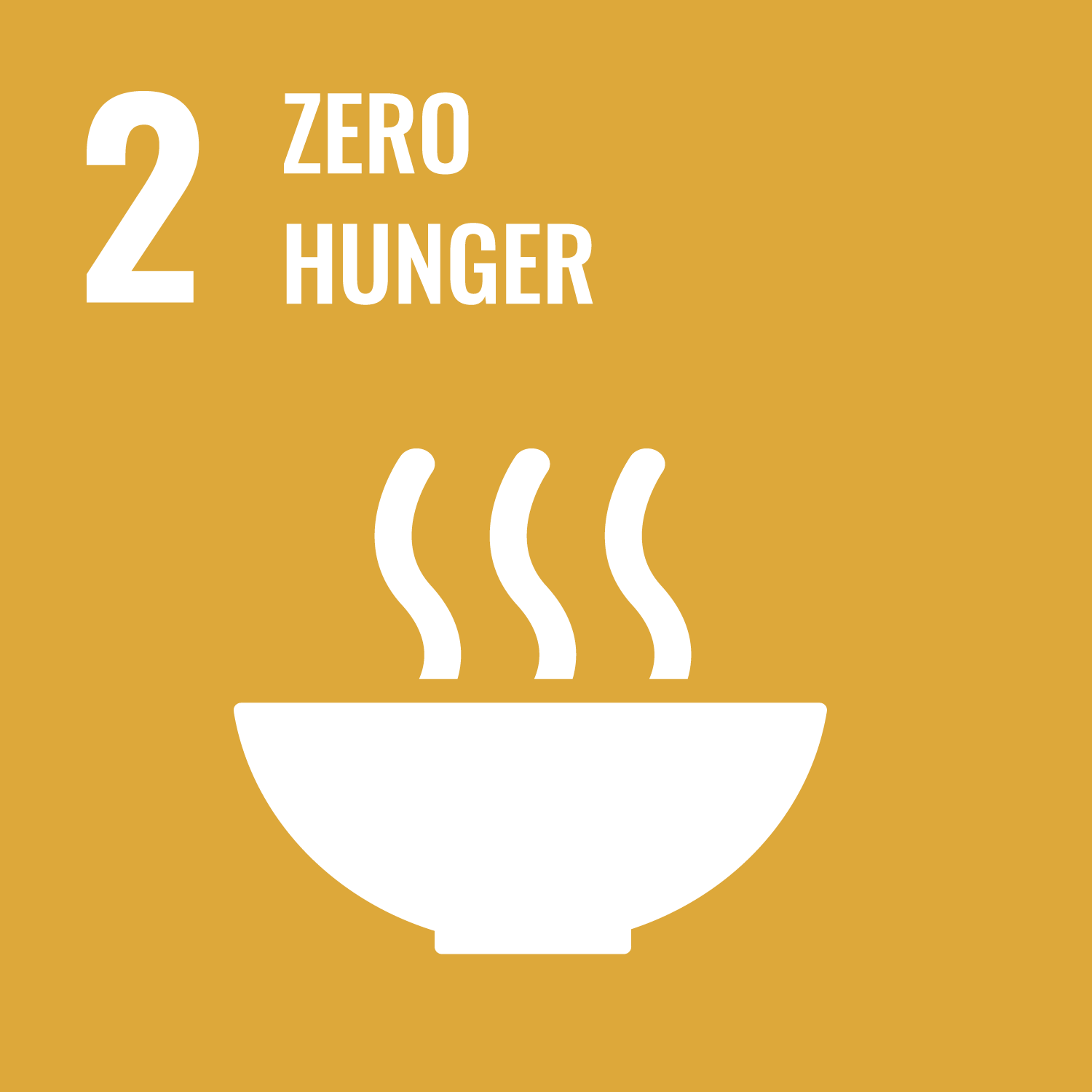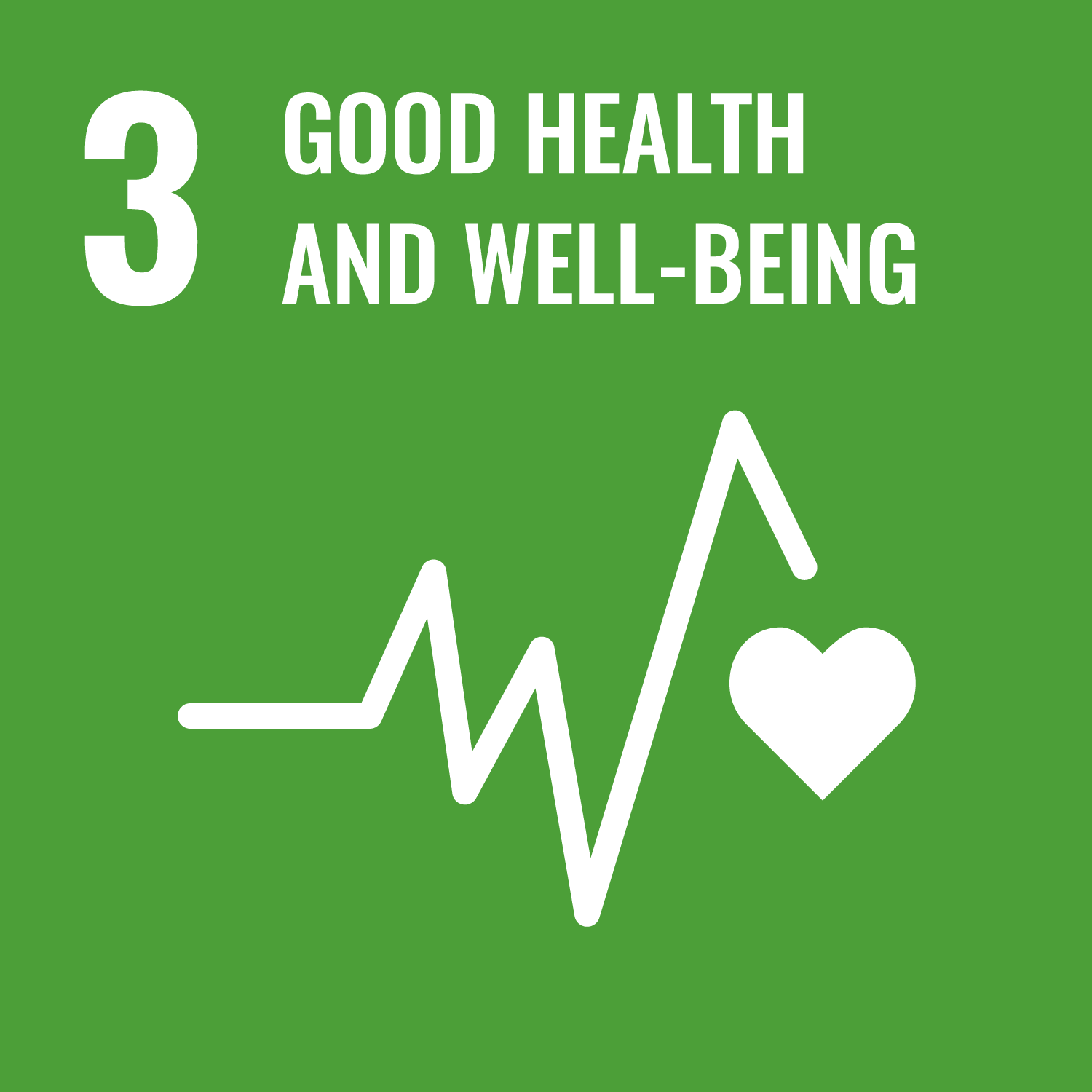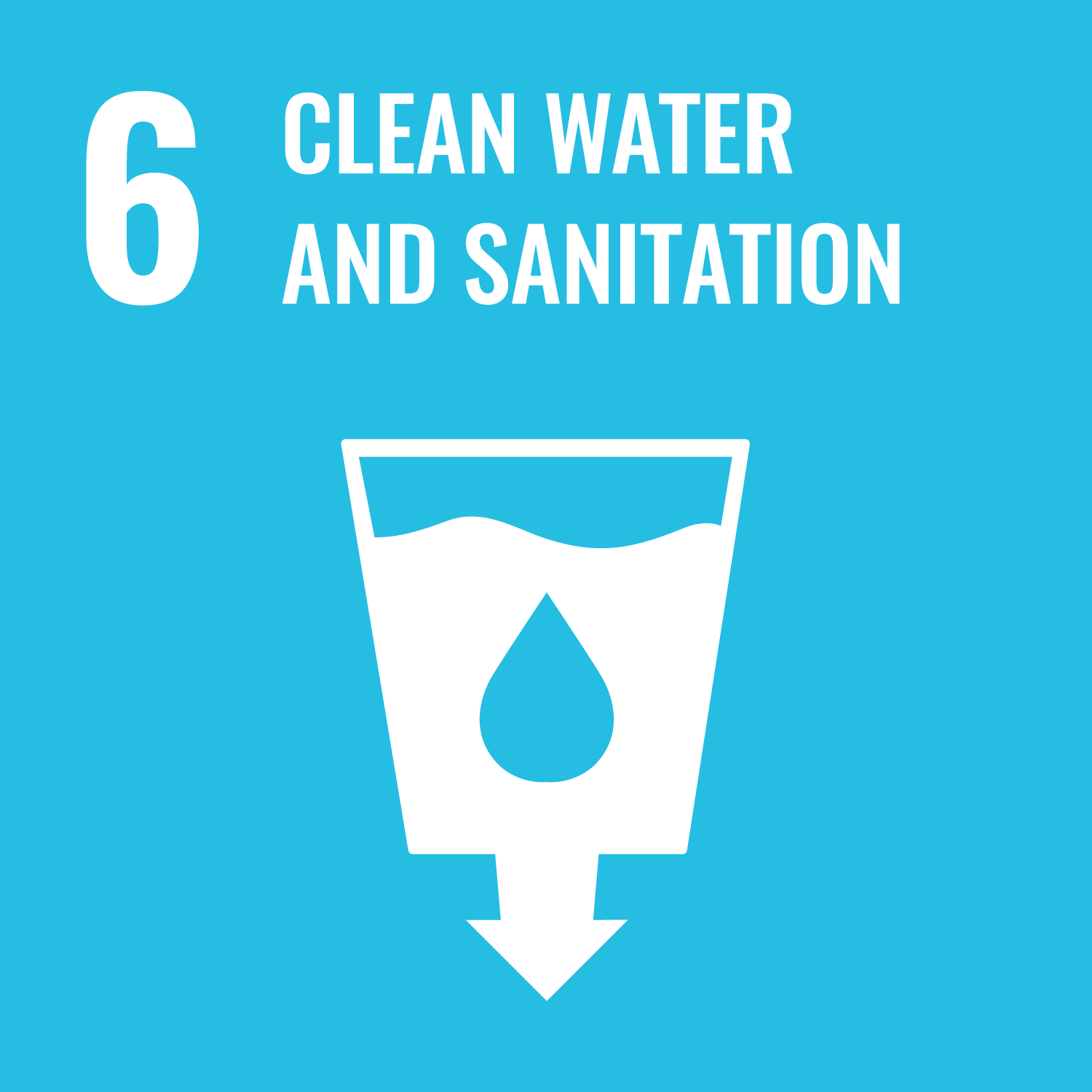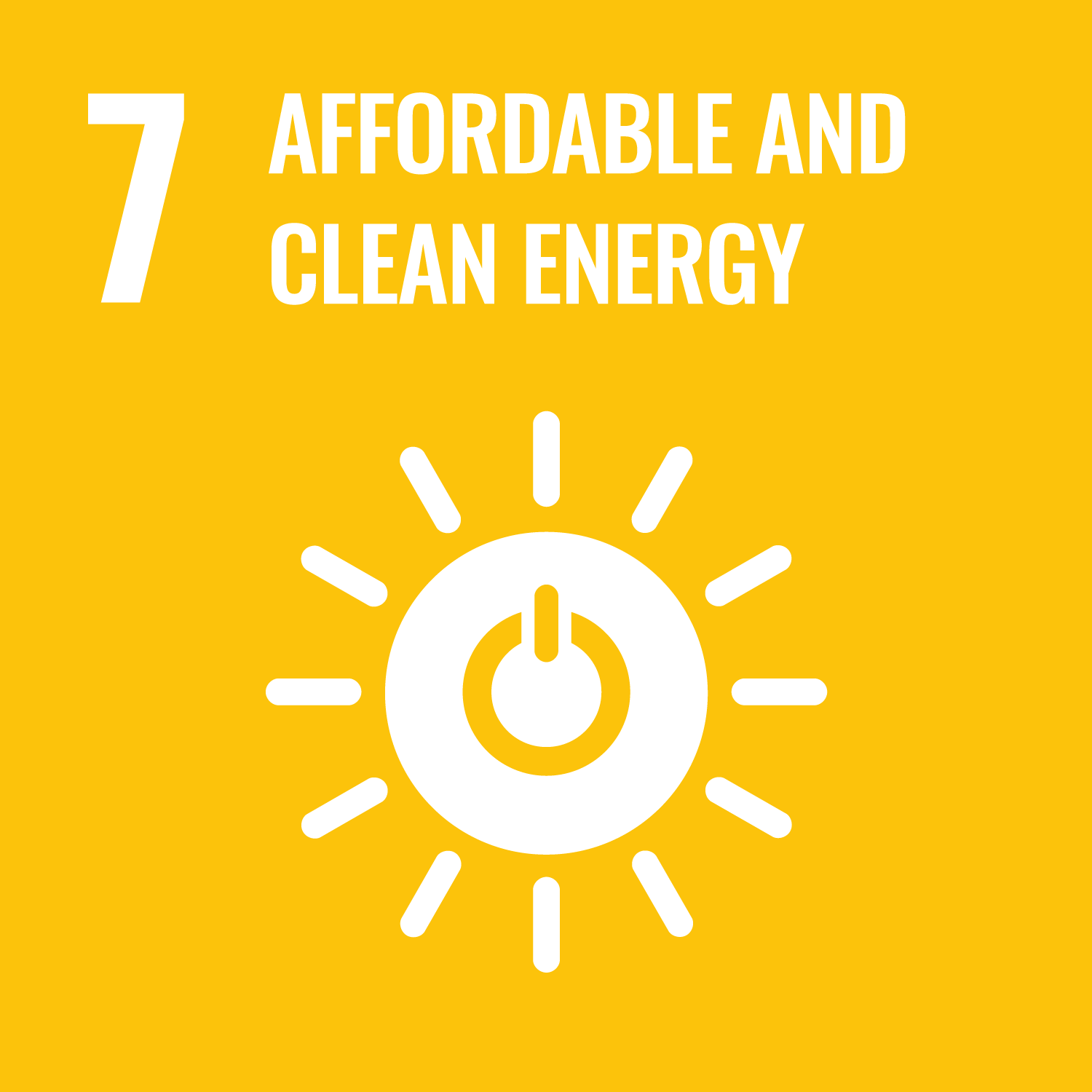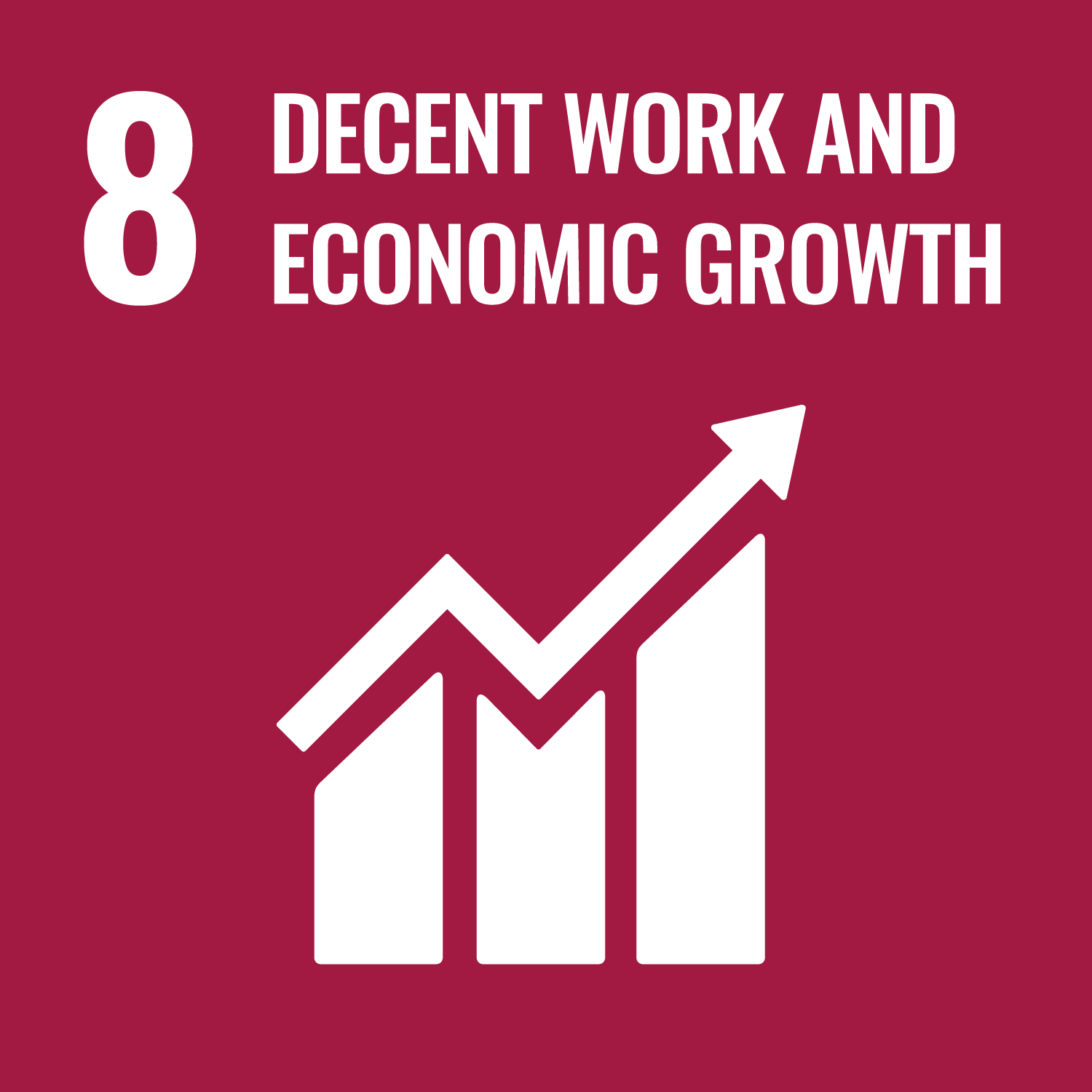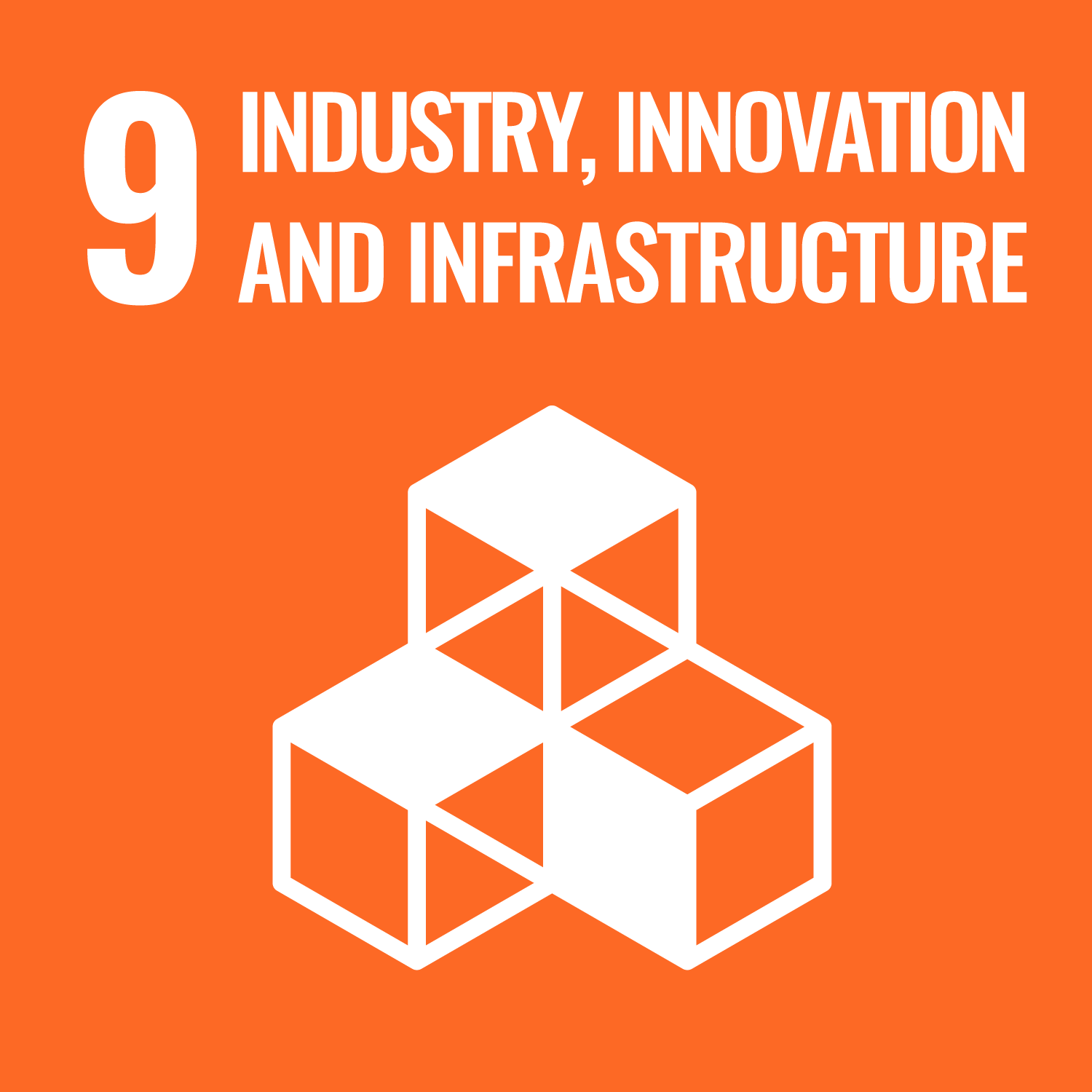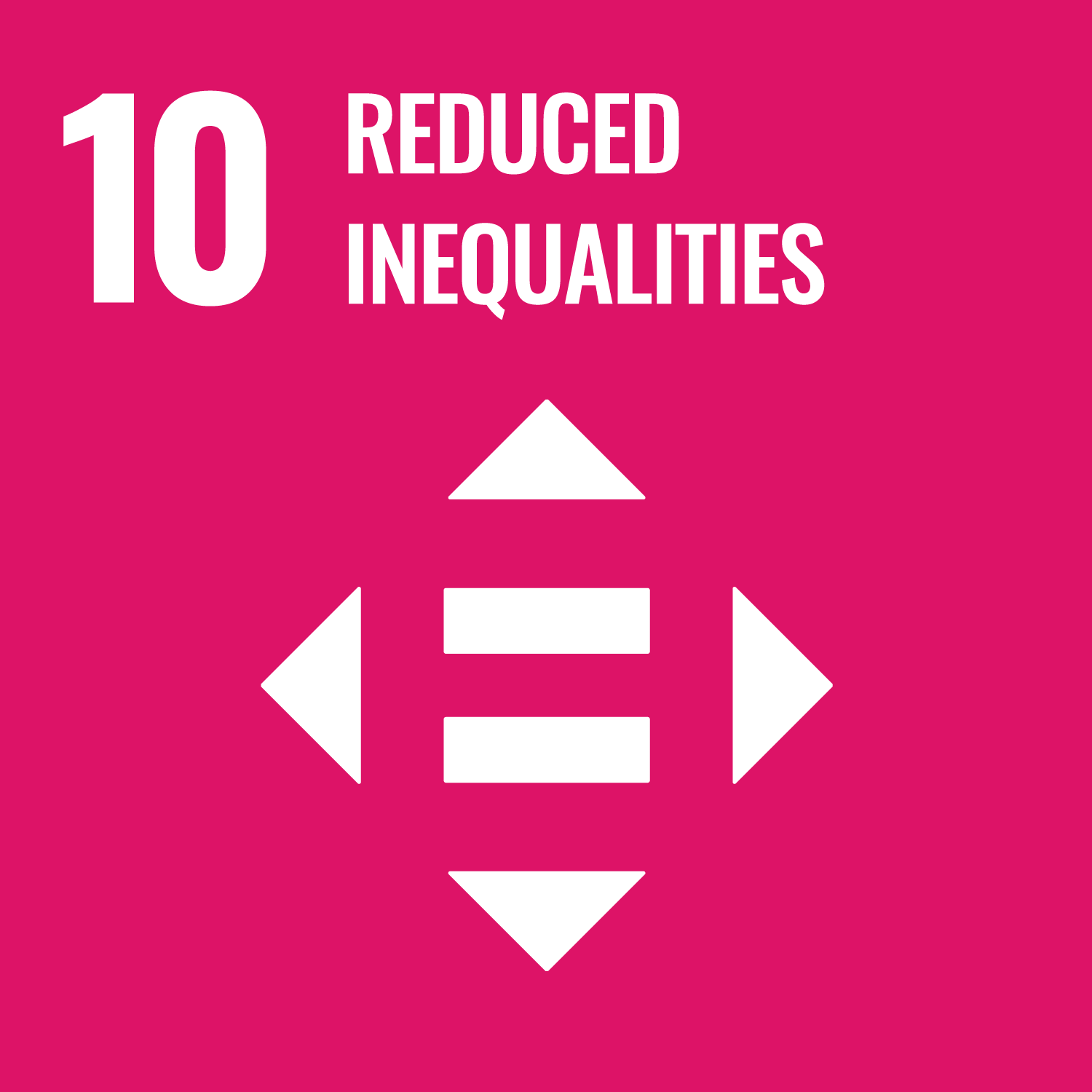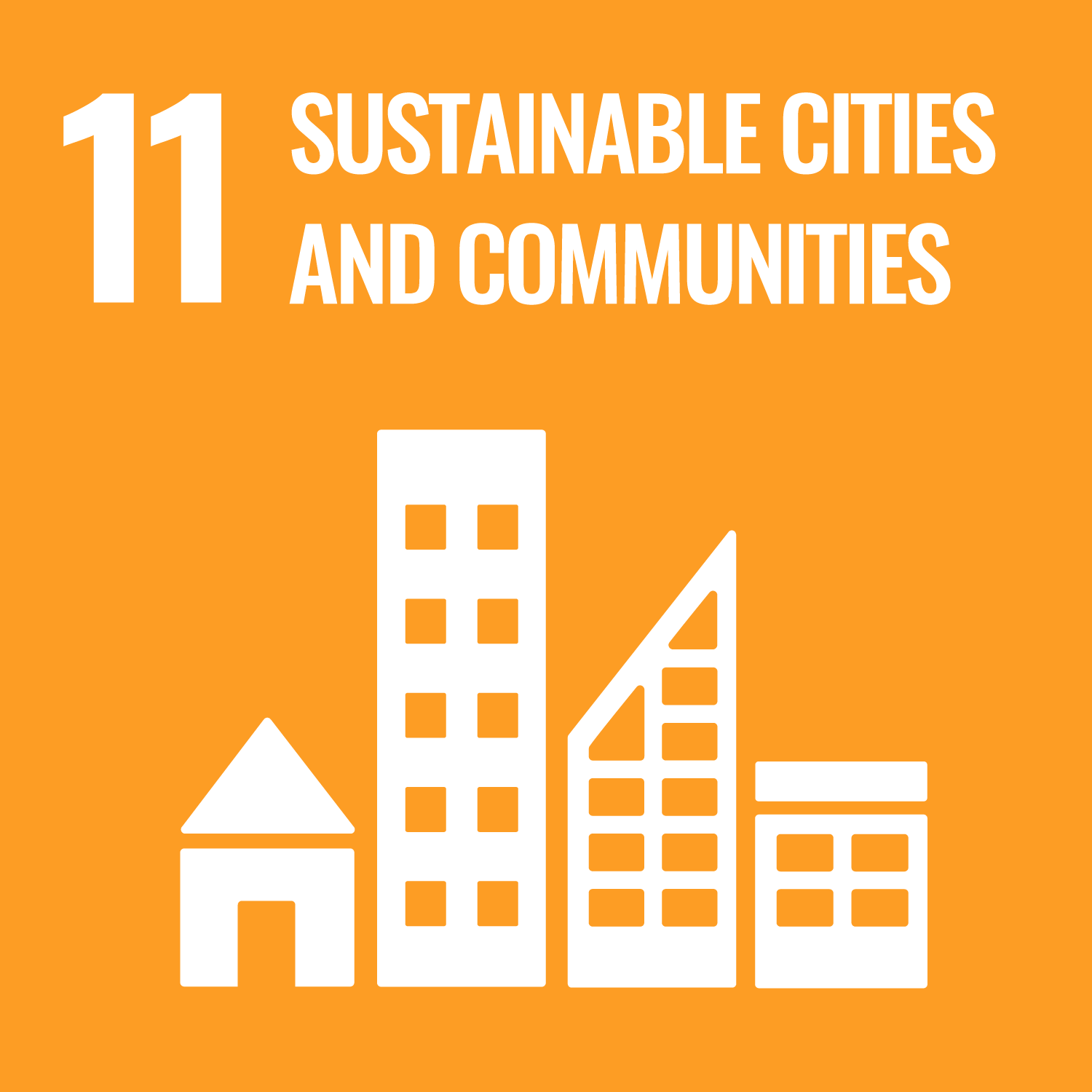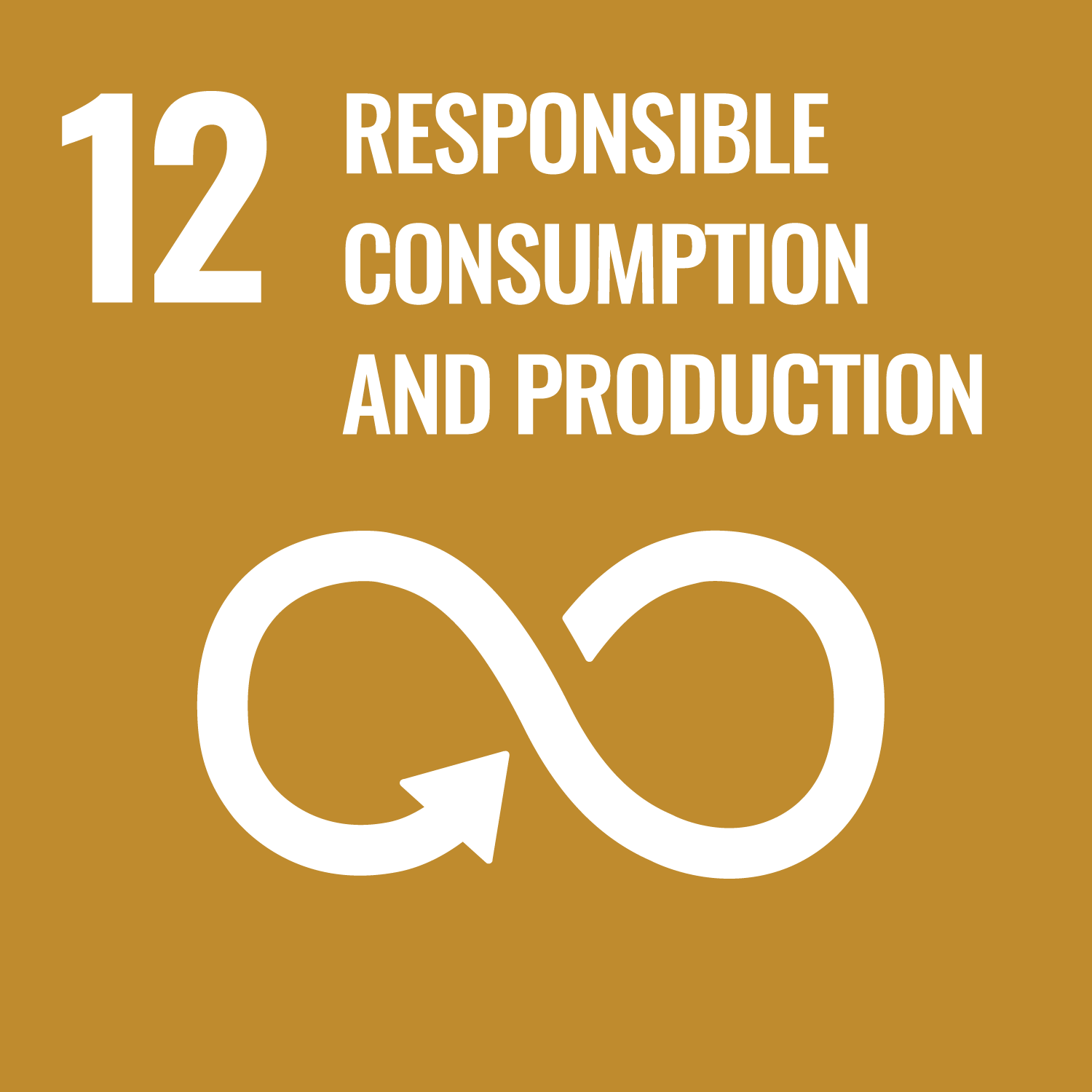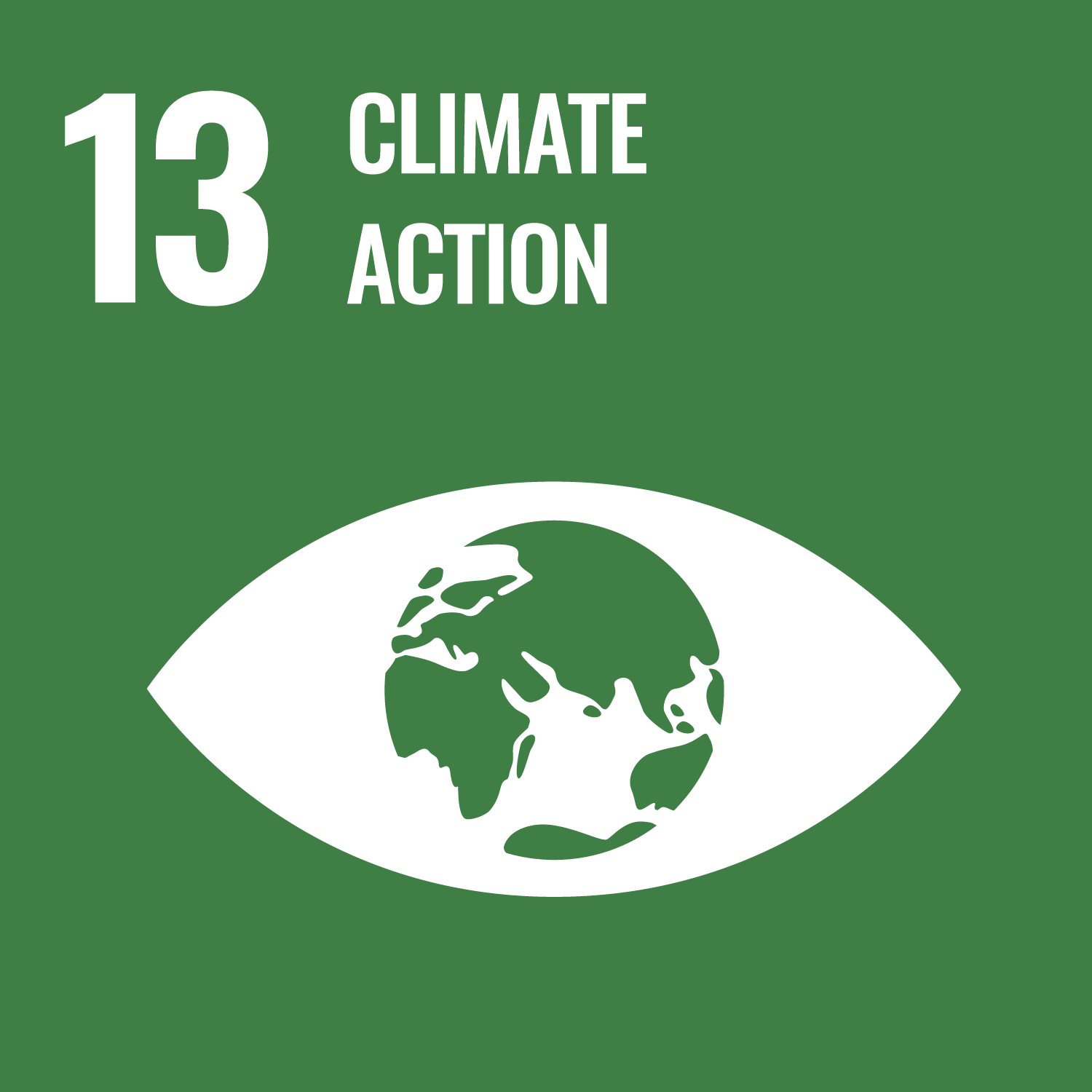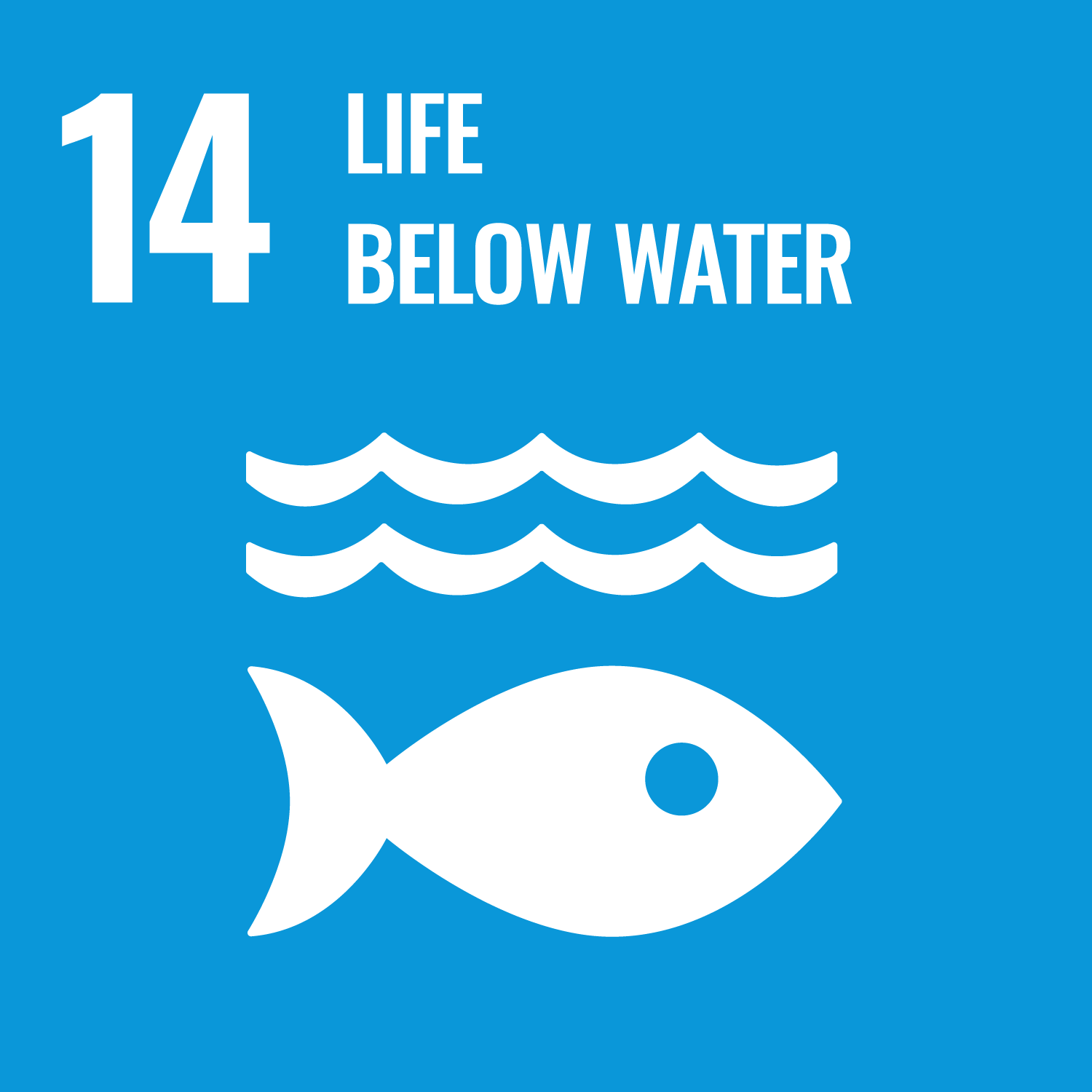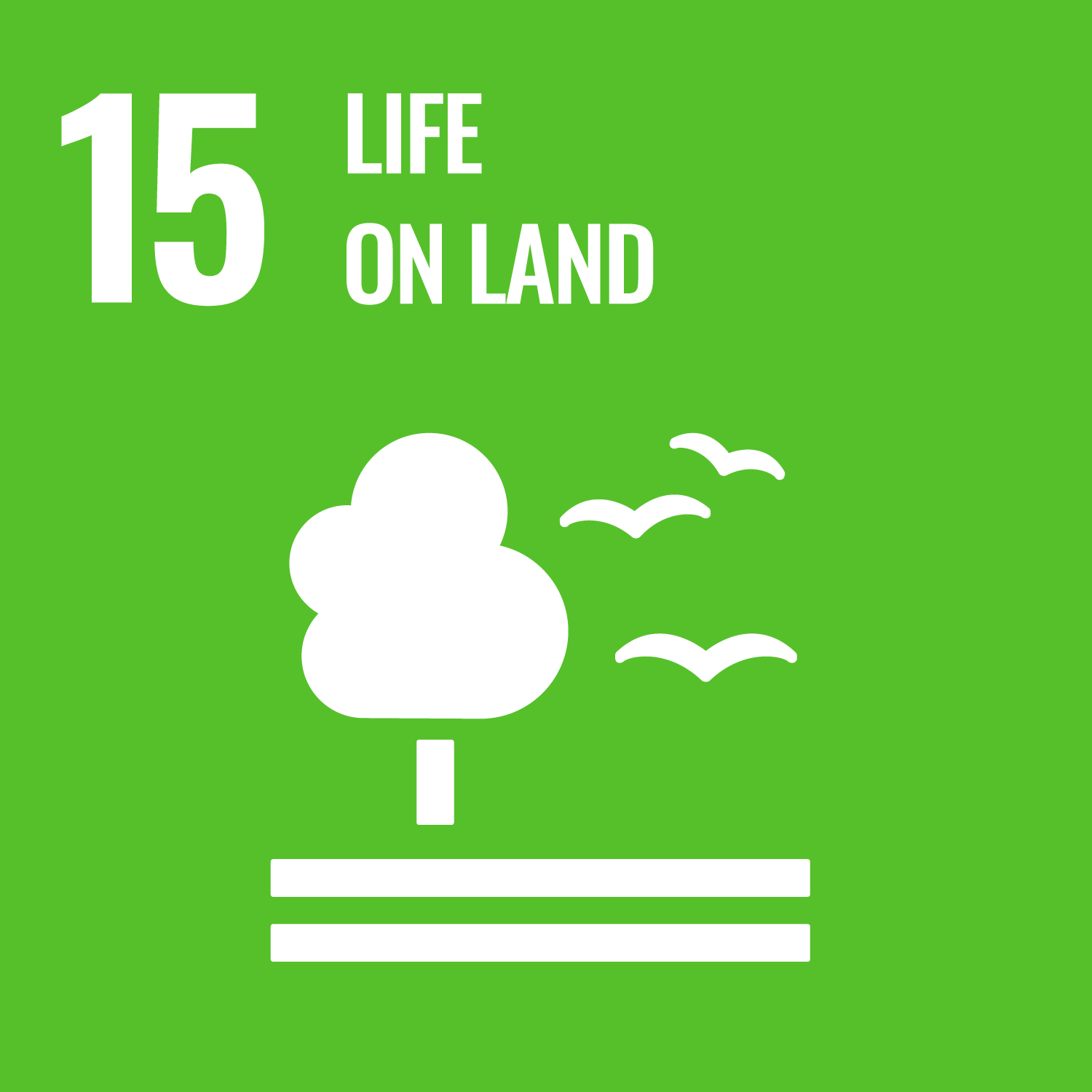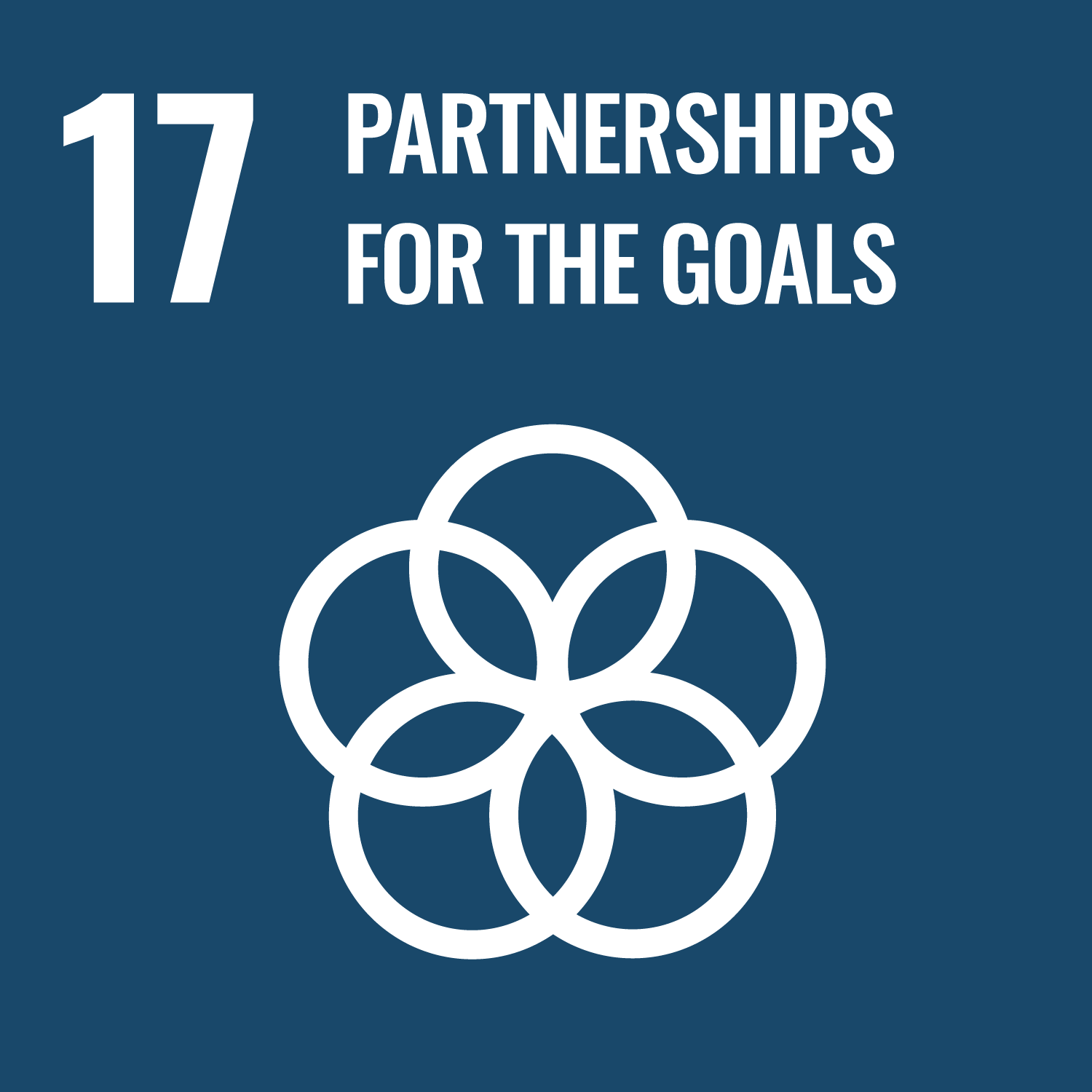
Dollar Donation Club
Organization
CleanHub
Waste collection in coastal regions to stop ocean plastic
🛡️ High Trust Rating
🧐 Low Risk Rating

Integrated Impact ScoreVetted By
Return On Donation
$1

Expert Consensus
A cost-effective model to stop plastic from entering the environment, with impressive innovations in traceability and a deep focus on improving the lives of waste workers.
Snapshot
The Problem
Every year, 11 million metric tons of plastic ends up in our oceans, harming marine life and the environment; 80% of this plastic is non-recyclable.
The Solution
CleanHub collects plastic waste from coastal communities around the world, making sure that it’s fed back into the economy while supporting local jobs in the process.
Impact to Date
Collected more than 9.529.204 kg of plastic from coastal areas
Brought in more than 350 brands to fund ocean-bound plastic removal
Have connected more than 225.000 households to waste management
Designed an easy-to-use system for local partners to transparently track their impact
Location of Impact
India, Indonesia, Philippines, Tanzania, and Guatemala
Impact Per $1
$1 = 10 lbs of plastic removed
Proof of Impact
3rd party verification (photo evidence of collection and processing); photos and stories from the collection teams; the data and the process are ISO-verified by Tüv Süd. Read more here
Time to Realize Impact
2-12 months
Fund Usage
Donations will cover waste collection (staff salaries and transport costs), waste separation, disposal costs, awareness activities, and admin costs (for CleanHub and the partner organization).
Will it actually make a difference?
CleanHub works in low-income coastal areas in South and Southeast Asia, Eastern Africa and Central America, where poorly managed waste often ends up in the ocean. They focus especially on non-recyclable plastic waste, since it is overlooked by the existing recycling systems and it makes up 80% of plastic that enters the oceans.
Each donation supports community-based organizations to collect waste from households and businesses that don’t have access to formal waste collection. This stops waste plastic from ending up in the ocean. In a word, yes!
How is the donation used?
Each dollar removes 10 lbs of ocean-bound plastic from coastal communities in Kerala, India and ensures proper processing so that it never ends up in oceans or landfills.
DDC's Favorites
They remove a huge amount of plastic (11 lbs) per dollar!
Great Transparency: Proof of work is uploaded via the CleanHub app throughout the collection, sorting and processing of plastic waste. That's how we provide the digital evidence for every kg of plastic that did not end up in our oceans.
Focus on non-recyclable plastic waste: there are not many effective solutions for it, and it makes up 80% of plastic that enters the oceans.
Partnerships with amazing local waste management entrepreneurs (“collection hubs”) that are deeply embedded in their communities, doing effective and thoughtful work.
Non-recyclable plastics are converted into energy for cement plants, ensuring that the plastic can never end up in the environment (read more about ‘co-processing’ in here).
Key Drawbacks
Overhead costs: CleanHub charges a commission from all brands who want to be part of the solution for plastic pollution for monitoring, tracking, and reporting the impact. We believe that their added value is well worth it, since they add so much additional value to the partner organizations they work with.
Fund Usage
Donations will cover waste collection (staff salaries and transport costs), waste separation, disposal costs, awareness activities, and admin costs (for CleanHub and the partner organization).
Integrated Impact Score
Effectiveness
85%Transparency
80%Track record
75%Measurability
80%Wisdom
80%Impact Innovation
90%Impact Stack
6.8Expert Vetters
Individual Questions
The Context
About Ocean Plastics
We have a plastic pandemic.
Plastic makes life super convenient for humans, and super inconvenient for everyone else in the ecosystems of planet earth.
At least 8 million tons of plastic enters the oceans annually. Marine animals ingest or are entangled by plastics, which causes severe injuries and deaths. Over 650,000 marine animals are killed annually by entanglement.
The issue of Ocean Plastics can be looked at in 5 large categories:
1. Manufacturing & consumption (the root issue)
2. River pollution (feeding into oceans)
3. Coastal pollution
4. Ocean Macroplastics (big stuff)
5. Ocean Microplastics (small stuff)
6. Recycling & Reuse
Manufacturing & consumption
Humanity has generated over 8.3 billion tons of plastic over the last 6 decades, and it’s estimated that 91% of that isn’t recycled. At the same time, it takes over 400 years for those plastics to break down.
To get to the root of the issue, manufacturers, companies and consumers must confront the reality that a paradigm shift is needed at the root.
River pollution (feeding into oceans)
Rivers transport between 0.47 million to 2.75 million metric tons of plastic into the ocean every year. 80% of ocean plastic pollution comes from land-based sources, and rivers are the main way that this plastic gets transported out to sea. Less than 2,000 rivers are responsible for 80% of all the plastic that rivers release into the ocean.
Coastal Pollution
A less significant portion of ocean plastics drift from waste sites toward coastlines and ultimately end up in the ocean.
Ocean Macroplastics
The big stuff in the ocean is primarily abandoned fishing gear (up to 70% of all surface plastics are fishing gear). These “Ghost Nets” roam the ocean killing over 650,000 marine animals annually, destroying reefs and transmitting diseases between reefs (source).
Ocean Microplastics
Mid-ocean microplastics are easily the most challenging and difficult aspect of this challenge to tackle. These are plastic particles less than 5mm in length, and include microfibers from clothing, microbeads and plastic pellets (source). Macroplastics (like Ghost Nets) also eventually break down into microplastics over time.
Additional Data & References
About
We’re levelin’ up philanthropy!
The Dollar Donation Club Integrated Impact Score was designed to ensure that the world’s most powerful and holistic solutions are presented to our members. The goal is to identify acupuncture points of change – solutions that create maximum positive benefit using minimal resources, while triggering a large cascade of additional benefits.
More importantly, the Integrated Impact Score embodies our approach of smart-philanthropy.
It’s not enough for us to give with only our heart. We must also give intelligently – identifying solutions that address root causes, generate outsized measurable outcomes, integrate holistically into existing communities, consider long-term impacts, reduce the risk of unintended consequences and lead to self-reliant capabilities rather than co-dependencies.
It’s time for us to focus less on things like “overhead ratios” and more on the total, holistic positive result per dollar. Oh yeah, and it should be fun!
We believe that the best solutions...
- Solve root-causes rather than symptoms.
- Consider their impact 100 years into the future.
- Produce massive impact efficiently.
- Care for people and planet holistically.
- Leverage nature’s and humanity’s best technologies.
- Are radically transparent – financially and operationally.
- Are resilient against threats of reversal.
- Result in self-reliance, rather than dependence.
- Clearly understand total costs to achieve outcomes.
This vetting methodology was designed with careful care to identify these solutions.
How we calculate the Integrated Impact Score:
Individual Dimension Score
The scores for each individual dimension (e.g. Transparency, Measurability) are calculated by adding up the total points (1-5) per section and dividing by the total possible points for that section.
Impact Stack
The amount of points awarded for the Impact Stack section is based on an assessment of how directly or indirectly and effectively or ineffectively the solution addresses a particular Sustainable Development Goal, using the SDG indicators as a guide. Impact Stack is treated like a bonus of points by adding up the total Impact Stack score and dividing by 10 (i.e. every 10 points gives a bonus of +1 to the final IIS score).
Overall Integrated Impact Score
The overall Integrated Impact Score is calculated by averaging the total scores received in each of the Individual Dimensions (e.g. Transparency, Measurability, etc.). We then add the bonus points awarded by the Impact Stack. Overall scores are rounded up to the nearest integer at 0.5 (e.g. if a score of 94.5 is calculated, the final score will be 95, if a score of 94.4 is calculated, the final score will be 94).
Vetting methodology 02.01 | Published 01.16.2023 | This report's change log is here.


100% of contributions go to the Dollar Donation Club Fund, a wholly owned subsidiary of Legacy Global Foundation Inc, a public 501(c)3 charitable organization.
© Dollar Donation Club 2025
